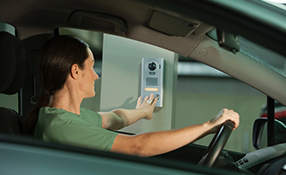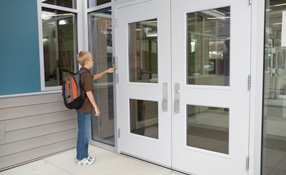John Mosebar

John Mosebar
Vice President of Marketing, AiphoneJohn Mosebar serves as vice president of marketing for Aiphone. He is a 32-year veteran of the company, a leading manufacturer of security video intercoms. Mosebar's experience includes; marketing strategies, product management, national account partnerships and business development with a focus on commercial, institutional, and government markets.
Round table contributions
Violence in our schools and colleges often makes headlines, suggesting a growing and scary trend. A consequence of high-profile school shootings and other reports of violence is to increase awareness...
The people element is a huge variable in the operation of any security system, and in any aspect of business for that matter. Training is a valuable tool to manage that variable, especially as it rela...
We all like hearing about the latest and greatest technologies, but how well are we using the technologies we have? We asked our panelists to reflect on opportunities to maximize the benefits of using...
Articles by John Mosebar
Organizations need to protect their properties and people by securing entranceswith security systems and policies Most criminals gain access to a business or organization the sa...
Grants continue to be available for schools to purchase products such as our intercoms and communication systems 2014/2015 Aiphone Review and Forecast: Video surveillance, audio, a...
News mentions
Security cameras provide live, real-time video to assist security personnel in spotting potential or real problems Efficient security systems for parking structures deter criminal a...
Beyond the need to install new systems, often overlooked is how schools are going to pay for security upgrades Limited financial resources are a common pain point for K-12 schools l...
Integrators must understand that the K-12 market has a unique and urgent need for access control, but with limited budgets Systems integrators play a key role delivering effective s...
Readily available security technology can help officials take control of their campuses Two top priorities for school security are the ability to communicate within a facility, and...
School administrators are now choosing products that make the biggest, long-term impact on campus security Well-publicised events such as the U.S. school shootings at Columbine and...
Schools are unlike commercial buildings or other facilities in several ways, and the differences impact how they should be secured. For one thing, the inhabitants are mainly children and won’t c...











































